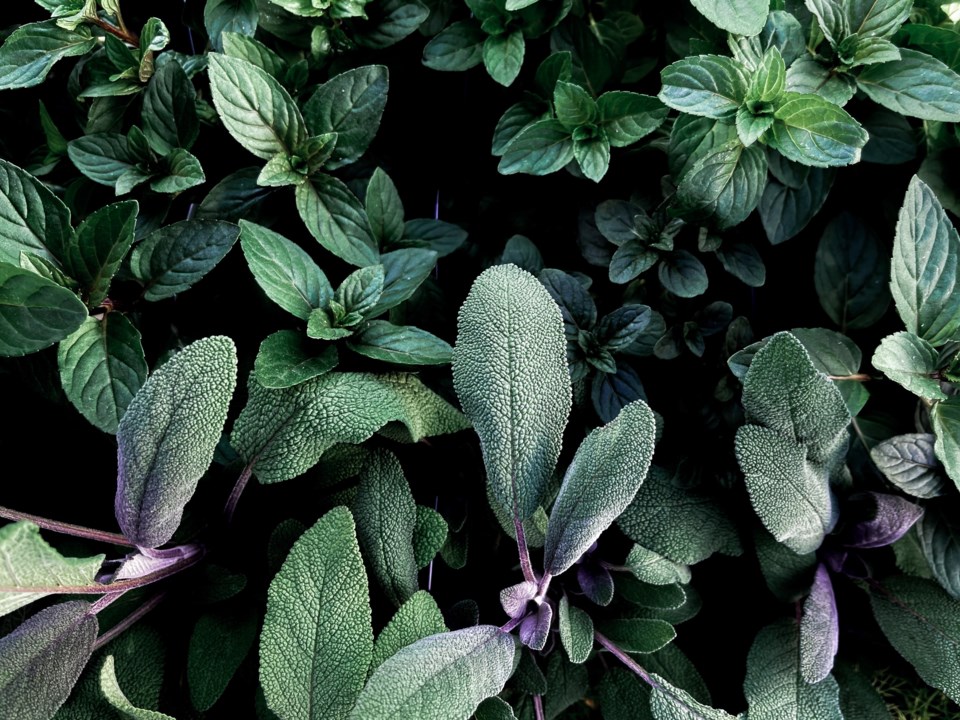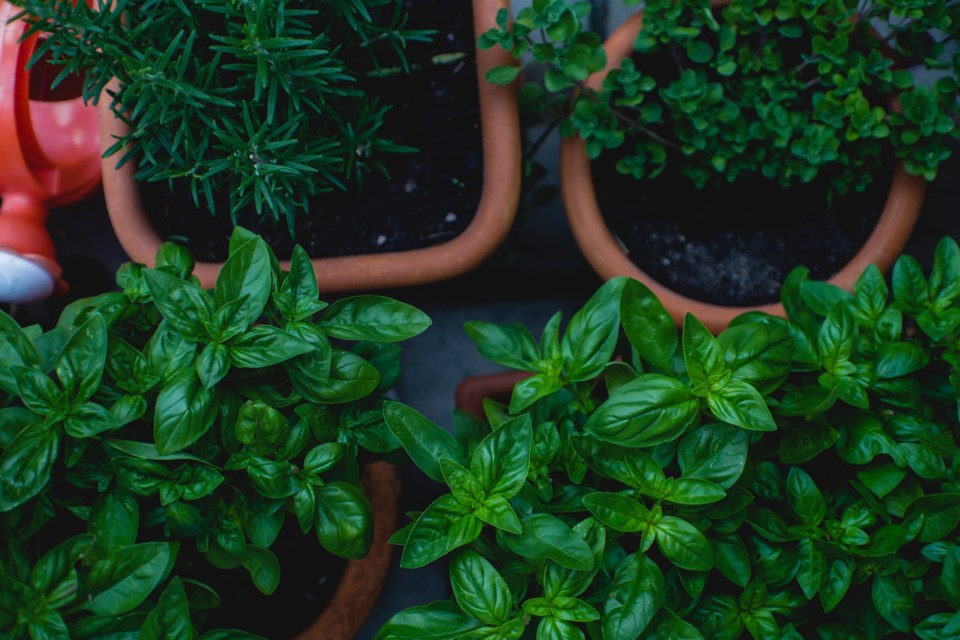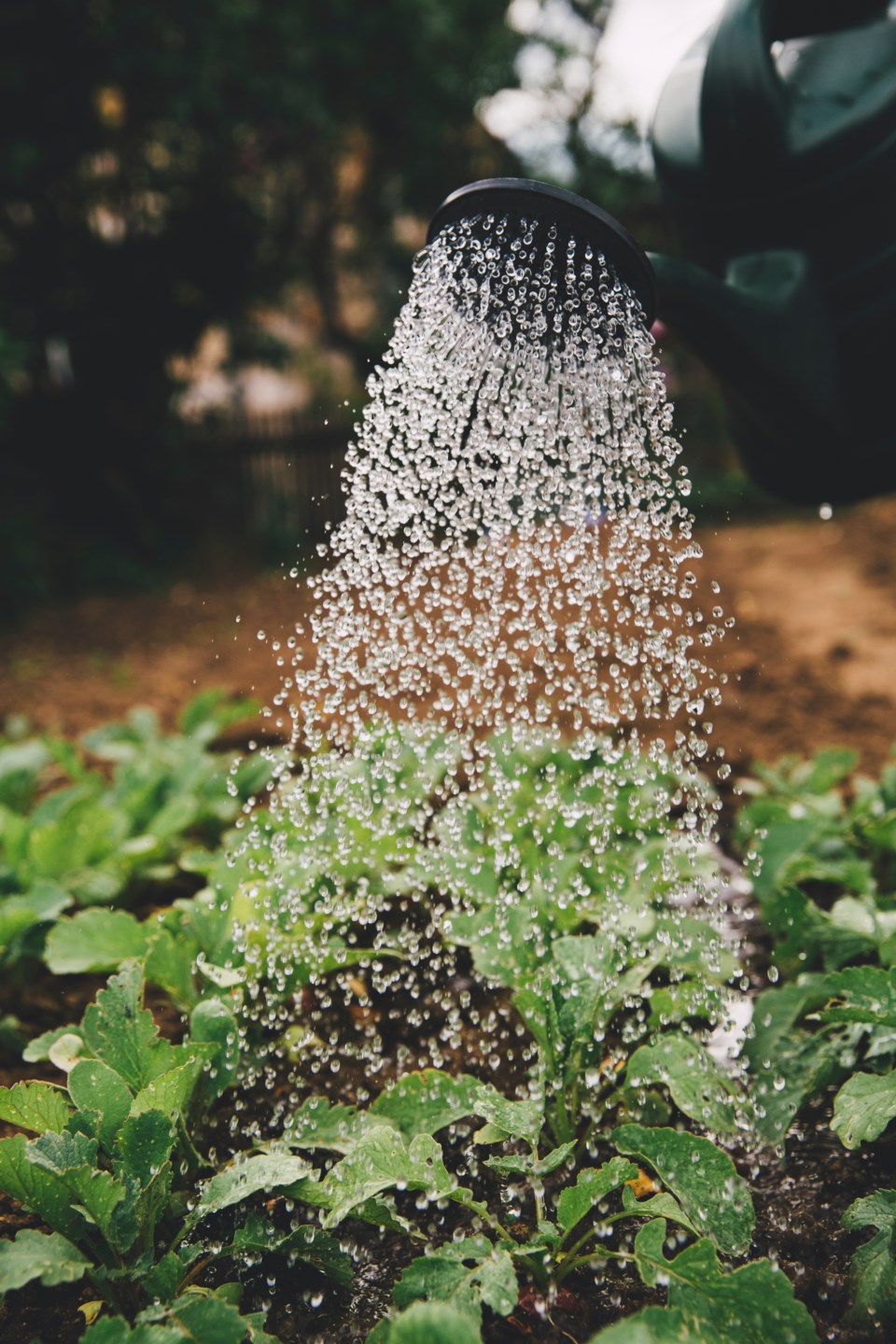If you’re looking to brighten the flavour profile of your meals and lighten up your cooking for spring, look no further than fresh herbs. Ideally, you’d have a variety of fresh herbs like basil, cilantro, parsley, and dill on hand at all times, but with the current cost of groceries, it can feel like a splurge. Enter herb gardening: a fantastic way to add big flavour to your meals for a fraction of the cost of store-bought.
If you’ve never grown your herbs before, you’ll be pleased to know that it’s relatively easy, and they can be grown in a variety of spaces, from a windowsill or balcony to a large backyard garden. If you live in Ontario and want to grow an herb garden that keeps giving through fall, read on to learn how to grow the perfect herb garden.

Which herbs grow best in Ontario?
Before heading to your local garden centre, it's important to understand which herbs grow best in Ontario. The most popular herbs chosen by local gardeners are basil, parsley, sage, thyme, oregano, chives, mint, and rosemary. These herbs thrive in Ontario's sometimes unpredictable climate, making them safe choices for your herb garden.
But above all, only buy what you know you and your family will eat. If you’re not a fan of rosemary, there’s no sense in adding it to your garden. Select herbs based on what pleases your palate and leave the rest behind.
What soil should I use?
Once you've decided which herbs you’ll grow, it's time to pick up a bag or two of soil. Herbs require well-draining soil that is rich in nutrients. You can purchase potting soil from your local garden centre. To expedite the growth process, some garden centres will advise using a premium soil infused with Miracle Grow, but ultimately that’s entirely up to you.
How should I arrange my herbs for the best outcome?
When it comes to planting your herbs, it’s not as simple as just throwing all your seeds or starter plants into some soil. You’ll want to group certain herbs—and keep some apart—because some varieties tend to dominate and take over others.
Rosemary, sage, and thyme are considered woody herbs and should be grown separately from softer herbs like basil and parsley, for example. Woody herbs need less water than soft herbs, so it’s best if they aren’t planted in the same container. And mint is a notorious bully that is best kept separate from the rest of your herbs. It grows fast and will take over your whole garden if you’re not careful so planting it in its very own container is a good idea.
How much sun and water do my herbs need?
Once successfully planted in your herb garden, it's important to know how to care for and maintain it. It’s one thing to first lay eyes on your lush little herb garden but a whole other to ensure that it thrives and provides you with fresh herbs for cooking and other uses for months to come.
Making sure your herbs get the right amount of water and sunlight is priority number one. Herbs typically require about six hours of direct sunlight each day, so make sure your herb garden is in a location that receives enough sun and morning sun is preferred as it’s gentler than the blazing afternoon sun which could scorch your delicate herbs.
When it comes to H2O, be careful not to over water your herbs as they can become waterlogged and die. A good way to avoid this common misstep is to skip the daily watering and instead give them a deep watering once or twice a week, depending on how hot and dry the weather is. You can test your soil by sticking your finger into the top two inches of your herb pot and if it feels dry to the bone, it’s time to grab the watering can.
What’s pruning and how do I do it?
Pruning is another key part of maintaining a thriving herb garden. Instead of letting your herbs grow and grow until they become what gardeners call “leggy”, pruning—which is essentially just a fancy way of saying trimming back—helps to keep your herbs compact and encourages new outward growth. Basil for example should be pruned regularly to prevent it from becoming too tall (aka leggy) and to encourage it to produce more leaves. You can also pinch off any flower buds that start to form to ensure that the plant puts its energy into leaf growth rather than flowering. Flowering is generally a good indication that your herb plant is overdue for some good pruning.
To prune, invest in some good sharp scissors or pruning shears to prevent damaging your delicate herbs. And as a good rule of thumb, never prune more than one-third of the herb at a time. Taking too much off at once will put too much stress on your herbs and prevent them from growing back properly.
Should I fertilize my herbs?
While it’s not necessary, it can be helpful to fertilize your herbs regularly. Herbs are heavy feeders and fertilization can help to keep them healthy and productive. Look for a balanced fertilizer or a fertilizer specifically designed for herbs. Someone at your local garden center will be able to help.
Bottom line
Growing an abundant herb garden is a lot easier than you think and can save you money—and save on plastic waste—from buying them store-bought at the grocery store.
Best of all, you’ll enjoy dishes unlike you’ve ever had thanks to the heaps of home-grown herbs you’ll be garnishing your dishes with all spring and summer long.





